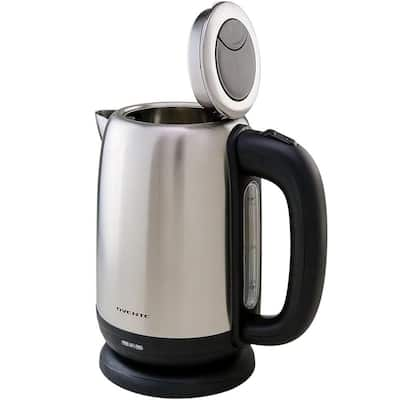

This is perhaps the most common type, usually consisting of soprano, alto, tenor and bass voices, often abbreviated as SATB.

CAT IN THE KETTLE SINGERS FULL
In addition to leading of singing in which the congregation participates, such as hymns and service music, some church choirs still sing full liturgies, including propers (introit, gradual, communion antiphons appropriate for the different times of the liturgical year). Many churches which use a contemporary worship format use a small amplified band to accompany the singing, and Roman Catholic Churches may use, at their discretion, additional orchestral accompaniment. In churches of the Western Rite the accompanying instrument is usually the organ, although in colonial America, the Moravian Church used groups of strings and winds. In Worship Services AccompanimentĮastern Orthodox churches, some American Protestant groups, and some synagogues do not use instruments.

Accompanying instruments vary widely, from only one to a full orchestra for rehearsals a piano or organ accompaniment is often used, even if a different instrumentation is planned for performance, or if the choir is rehearsing unaccompanied music. Singing without accompaniment is called a cappella singing (although the American Choral Directors Association discourages this usage in favor of "unaccompanied," since a cappella denotes singing "as in the chapel" and much unaccompanied music today is secular). Other than four, the most common number of parts are three, five, six and eight.Ĭhoirs can sing with or without instrumental accompaniment. Most often choirs consist of four sections intended to sing in four part harmony, but there is no limit to the number of possible parts as long as there is a singer available to sing the part: Thomas Tallis wrote a 40-part motet entitled Spem in alium, for eight choirs of five parts each Krzysztof Penderecki's Stabat Mater is for three choirs of 16 voices each, a total of 48 parts. Choirs are often led by a conductor or choirmaster.


 0 kommentar(er)
0 kommentar(er)
